EVENT SYSTEM
This checklist applies to summits, international expos, conferences, etc., defining responsibilities and collaboration protocols for each system across event phases to standardize technical and operational workflows.
CHECK-IN SYSTEMS
Hardware Setup & Data Sync
◆ Deploy check-in devices (scanners, RFID wristbands, facial recognition terminals); sync with ticketing platforms to import attendee lists.
◆ Design multi-channel logic (VIP/media/general attendees) to minimize queues.
Real-time Verification & Access Control
◆ Verify identities via QR codes or biometrics; auto-print badges or activate e-passes.
◆ Block invalid tickets (e.g., duplicates, expired) and alert staff for manual review.
Data Analytics & Contingency
◆ Display real-time check-in rates and crowd heatmaps; generate hourly attendance reports.
◆ Enable offline mode during outages; auto-sync data to cloud post-recovery.
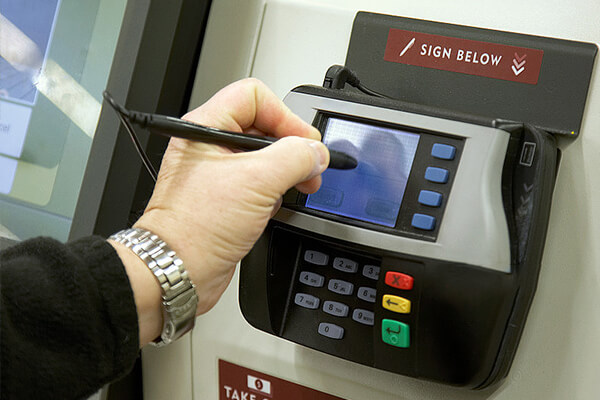

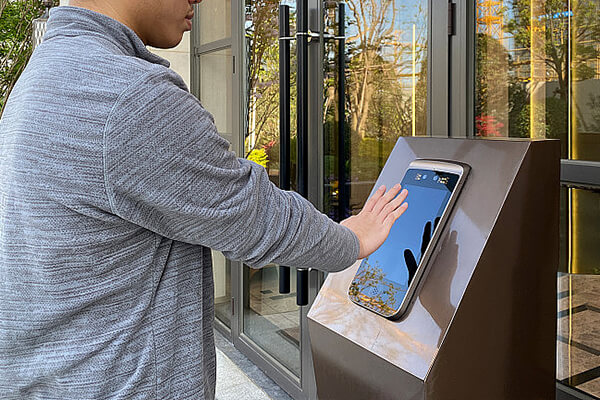
SIMULTANEOUS TRANSMISSION SYSTEM
Equipment Distribution & Channel Setup
◆ Distribute SI receivers/headsets via IR/RF signals; assign devices per language channels (CN/EN/FR).
◆ Test booth soundproofing and audio sync to prevent delays or cross-channel interference.
Interpreter Support & QA
◆ Provide interpreters with real-time script displays, glossary tools, and backup mics.
◆ Monitor interpretation quality and flag errors (e.g., omissions, jargon mistakes) for corrections.
Privacy & Compliance
◆ Encrypt wireless channels to block eavesdropping or signal jamming.
◆ Delete interpreter recordings post-event; retain only authorized content.
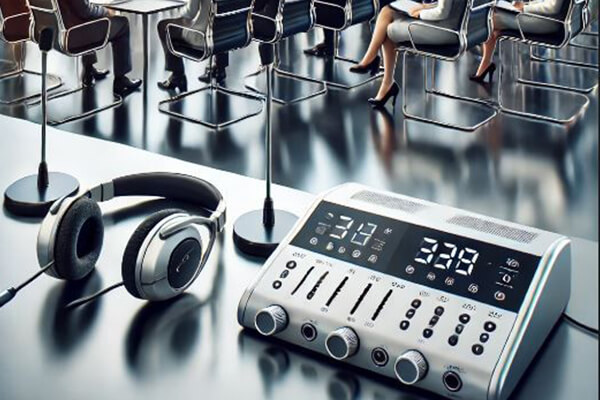
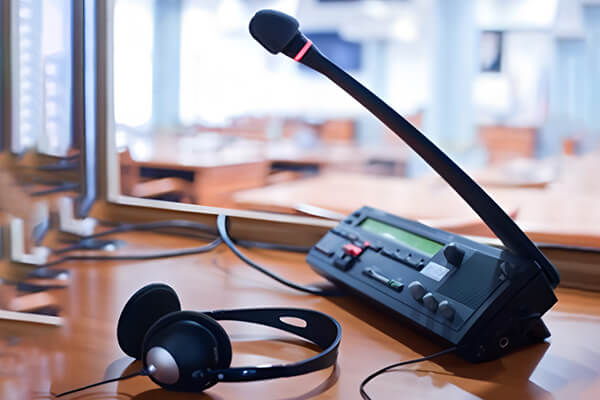

ORDERING SYSTEMS
Menu Management & AI Recommendations
◆ Upload menus with allergen and calorie labels; toggle items by time slots (lunch/tea break).
◆ Suggest combos based on user order history to expedite decisions.
Order Processing & Delivery Tracking
◆ Enable QR code, kiosk, or app ordering; send pickup codes to user devices in real-time.
◆ Sync with Kitchen Display Systems (KDS) to split orders; monitor prep times and flag delays.
Payment & Feedback Integration
◆ Integrate payment methods (WeChat/Alipay/NFC); enable corporate billing (room charges).
◆ Send post-meal surveys to gather feedback for menu improvements.
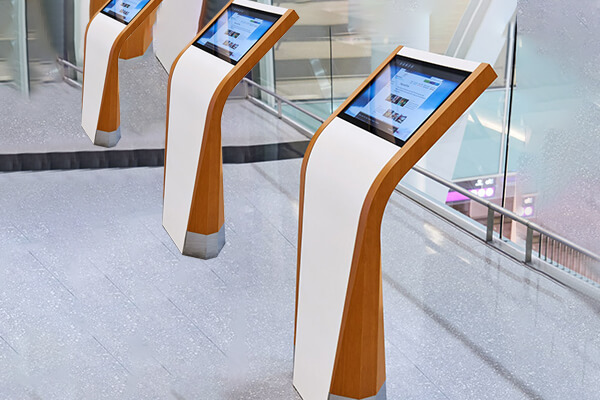
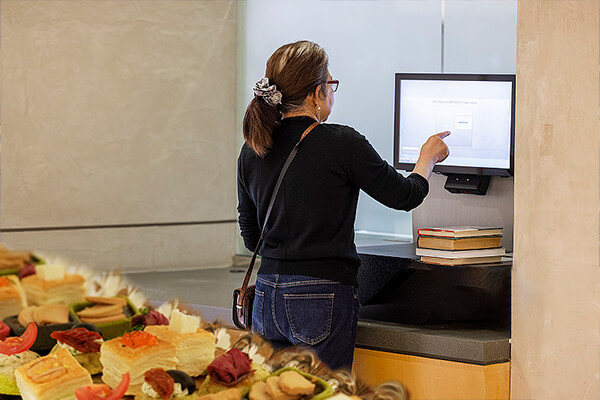
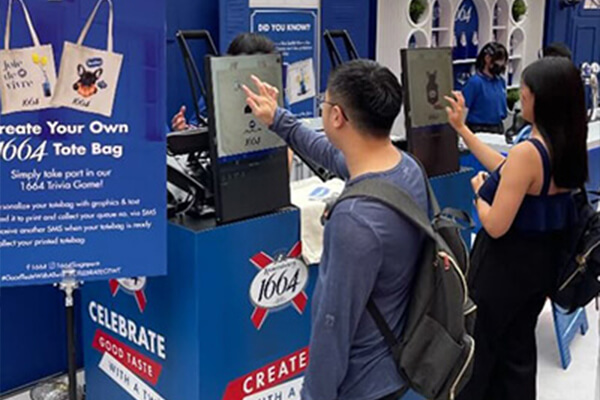
Core Competencies
Technical team
◆ IoT device configuration and API integration
◆ Real-time data processing and cybersecurity
◆ Basic beverage knowledge (e.g., wine/spirits categories)
◆ Multilingual UI design (for global events)
Operations team
◆ User training and on-site tech support
◆ Cross-system data integration and analytics
Notes
◆ Check-in Systems: Reserve 10% spare devices for peak-hour surges.
◆ SI Systems: Keep booths away from WiFi routers to prevent signal clashes.
◆ Ordering Systems: Dedicated prep zones for halal/vegetarian meals to avoid cross-contamination.
◆ General: Conduct full-system stress tests and backup drills 72 hours pre-event.
Note: Implement a central dashboard (e.g., Zoho Backstage) for unified system monitoring and automated alerts.